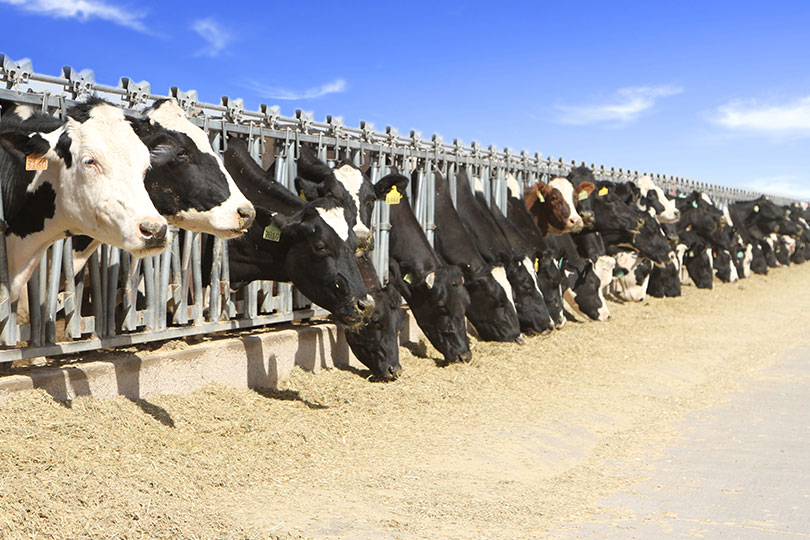Consumer demand and dairy production are on the rise, but the milk prices that dairy farmers receive remain in a slump.
“Dairy producers are optimistic with the recent rainfall especially in Central Texas, which translates into better forage production,” Dr. Jennifer Spencer, AgriLife Extension dairy specialist, said. “However, drought conditions the past couple of years resulted in low forage supplies, and the benefits of this year’s rain may take a year or so to observe the benefits. Meanwhile, low milk prices will make it difficult for producers to break even, especially if they need to buy forages this year.”
The summer heat usually leads to higher prices for dairy-based products like ice cream, cheese and butter. But the raw milk prices that dairy farmers receive, although slowly increasing this summer, remain $5 lower per hundredweight than historically high prices in 2022. and $1 per hundredweight lower than last summer.
This year, Texas dairy farmers are receiving around $18.50 per hundredweight for raw milk. That is down $4.50 per hundredweight from the majority of 2022.
Low milk prices and high input costs continue to be a hurdle for dairy farmers, despite demand trending upward.
“It’s been hard for smaller dairies to break even at these low prices, whereas larger dairies have a lower fixed cost per cow, which means more income per cow,” Spencer said.
Over the past three years, Spencer noted more than 50 Texas dairy operators/operations have either retired, closed or been consolidated.
The Texas dairy herd decreased from 642,000 cows in 2023 to 635,000 cows this year.
Dr. David Anderson, AgriLife Extension economist, said consumer demand for dairy products remains strong.
The per capita consumption of all dairy products increased to 655 pounds per person in 2023, up from 538 pounds per person in 2022.
But consumer demand for other dairy staples is impacting the industry and changing the milk market.
Anderson noted consumption of fluid milk is down to 130 pounds per person annually from the peak of 247 pounds in the early 1970s.
The demand for cheese, however, has increased. During the same time period, consumption of American-style cheeses like cheddar and Monterey Jack have doubled, according to Anderson. Greek yogurt, sour cream and other cheese products, including cream cheese and cottage cheese, also help offset the declines in consumer demand for fluid milk.
To help meet that demand, a cheese processing plant is set to open later this year in Abilene, while cheese processing plants in Amarillo and Lubbock have added processing capacity for regional dairies.
“It really is striking to look at how our consumption of dairy has evolved,” Anderson said. “The end result is we consume as much or more milk than ever. We just do it in different ways.”


Leave A Comment